PLEASE NOTE: No this question does not already have an answer at the link posted above. This question was closed by individuals who didn't read it, nor the comments underneath it.
I am new to hardware/electronics and am coming from a software background. I'm ashamed to say, but I've never fully understood the difference between volts and amps. If you Google "volts vs amps" you'll get a plethora of articles/links/blogs/videos that all try to explain the difference, but IMHO they actually do a really lousy job at it, and here's why:
Most analogies to volts/amps come in one of several very-similar forms:
- Water flowing through a stream; or
- Cars traveling on a highway during rush hour
- etc.
Let's take the "flowing water" analogy; it is typically explained that:
- Volts: the pressure of the water traveling through the stream; and
- Amps: how much water is traveling through the stream
The problem here (I believe) is that electricity is always traveling at a constant speed (speed of light), regardless of how much power you're generating, or regardless of the gauge size of the wire you're using. Unlike the speed of water traveling through a stream, the speed of electricity is constant and cannot be sped up or slowed down (I understand in the context of theoretical physics this is probably not true, but we're talking consumer electronics here).
With flowing water, if we increase the size of the stream (its width or depth), then not only will more water pass through any given point (volume), but the speed of the water will also increase. This is given to us by the Hagen-Poiseuille equation.
So I've always had this mental hang up with trying to understand exactly what volts are, because the analogies that are always used just don't stack up.
It makes sense that amps can be changed by changing the gauge of the wire the current is traveling through; this is the same as increasing the volume of the stream; but...
To me, it doesn't make sense that volts should ever be capable of changing, because volts are essentially the speed/pressure of the water passing through the stream, but electricity can't actually speed up or slow down! This is where the analogies break down for me, and is the root of my confusion.
Can someone please help me understand how electricity can have different levels of "pressure" or "potential", which is what volts are said to be, in a way that makes sense?
Again, if electricity travels at a constant speed, and we make the wire bigger, I understand that we will get more volume/amps. But I don't understand how this will create more "pressure" since the bigger wire will not actually make the electricity speed up.
